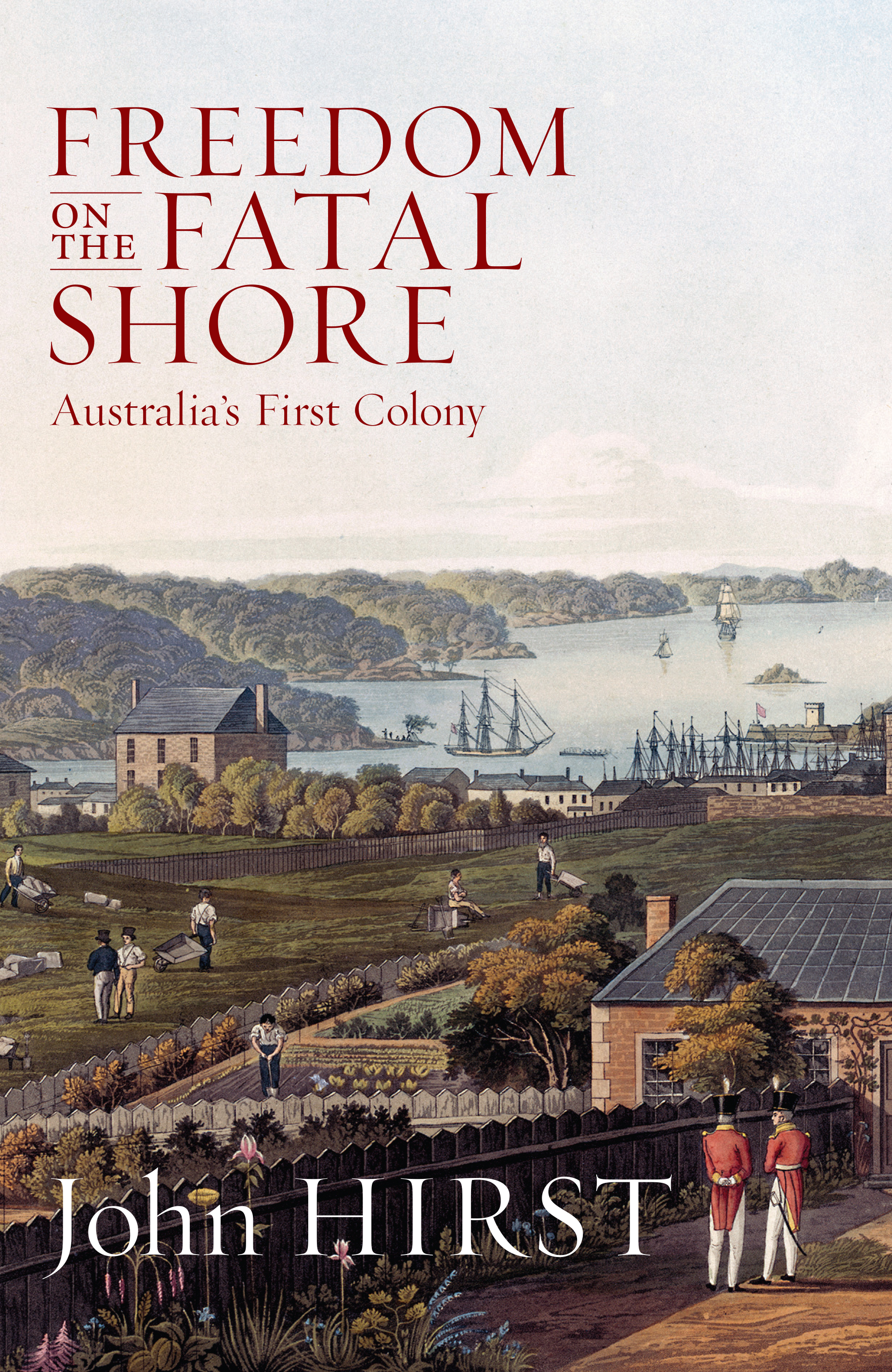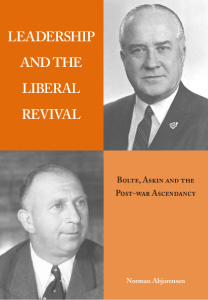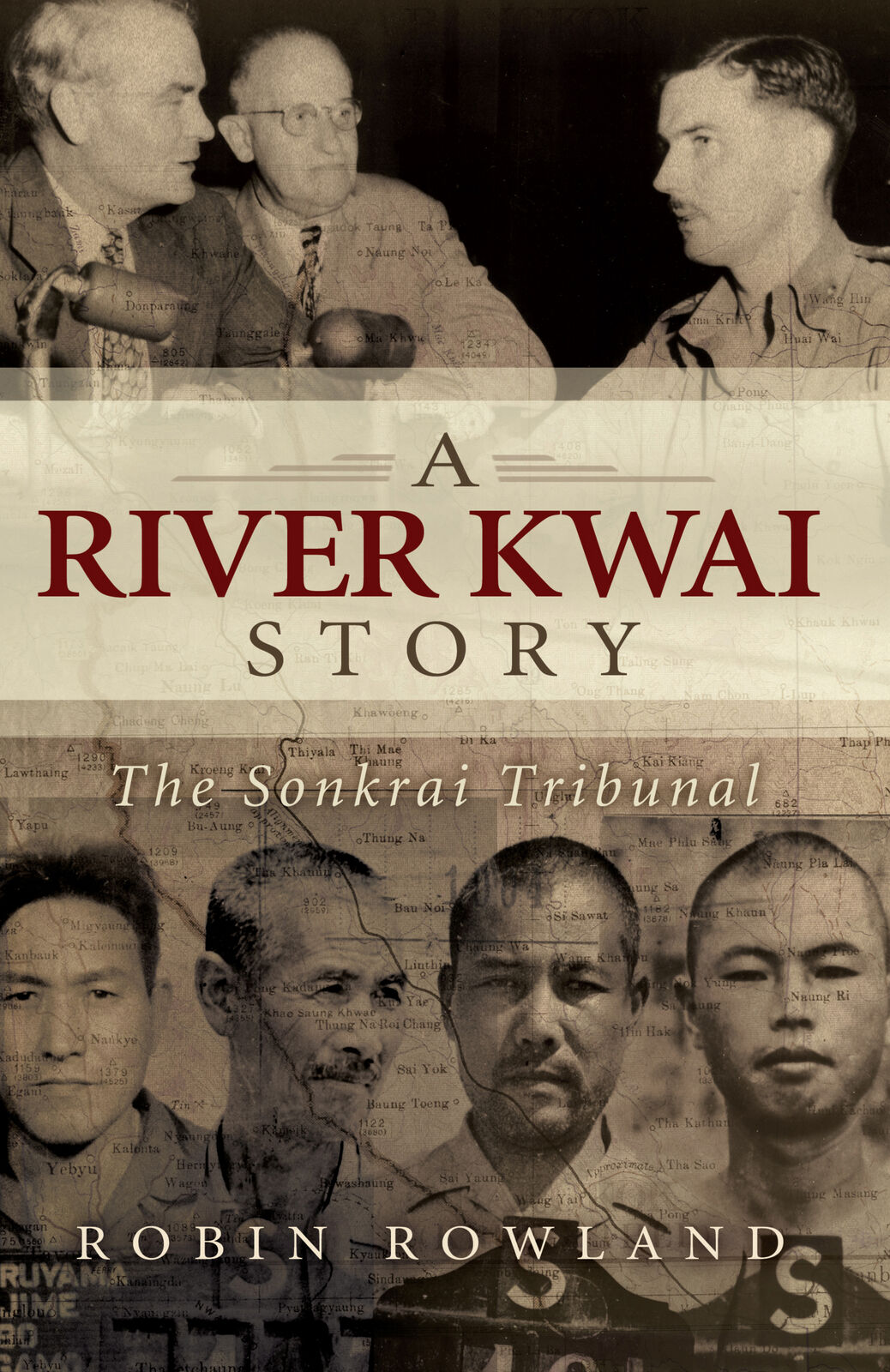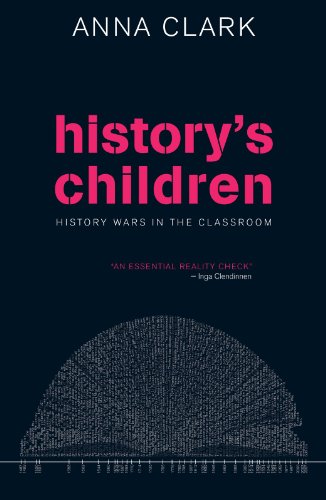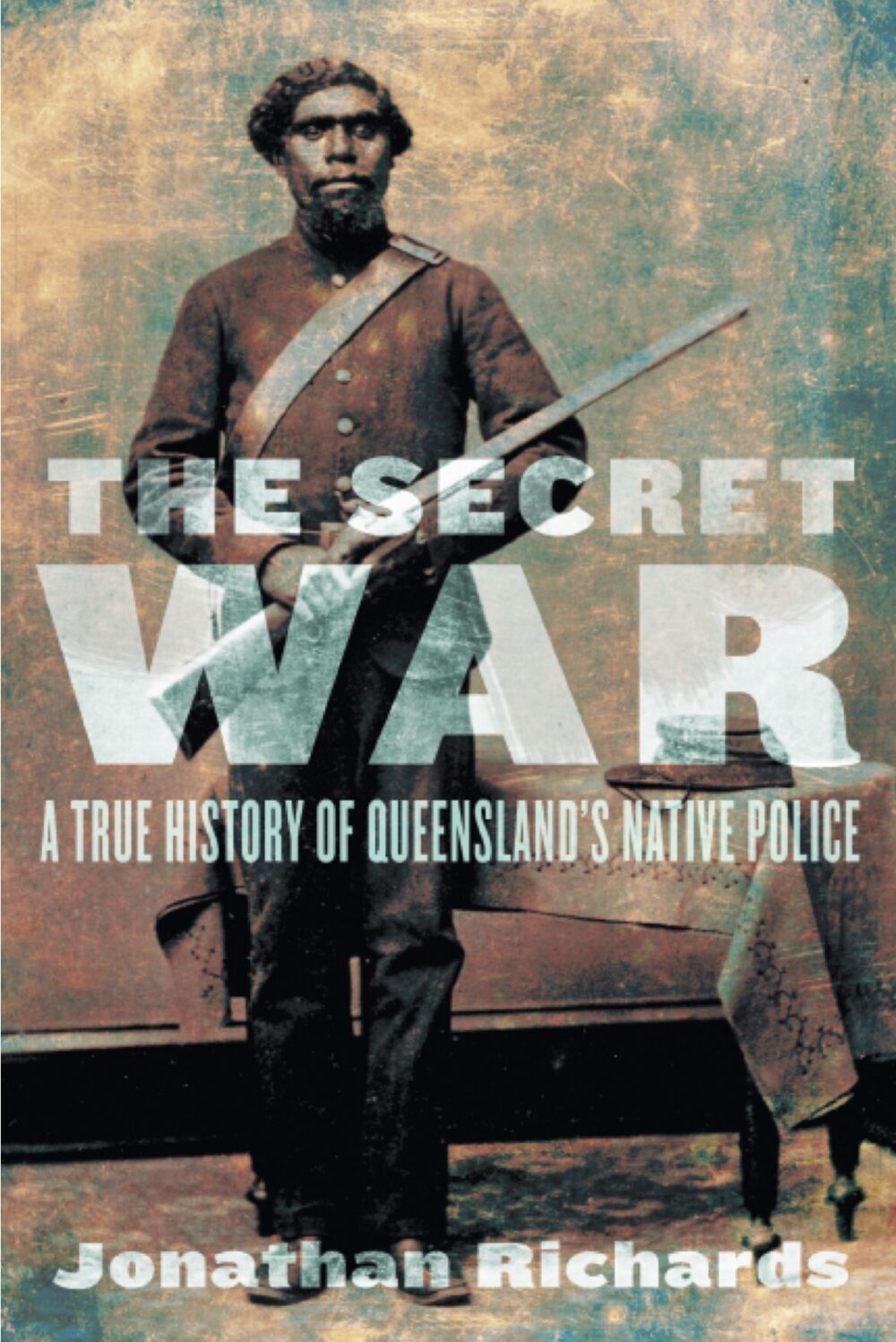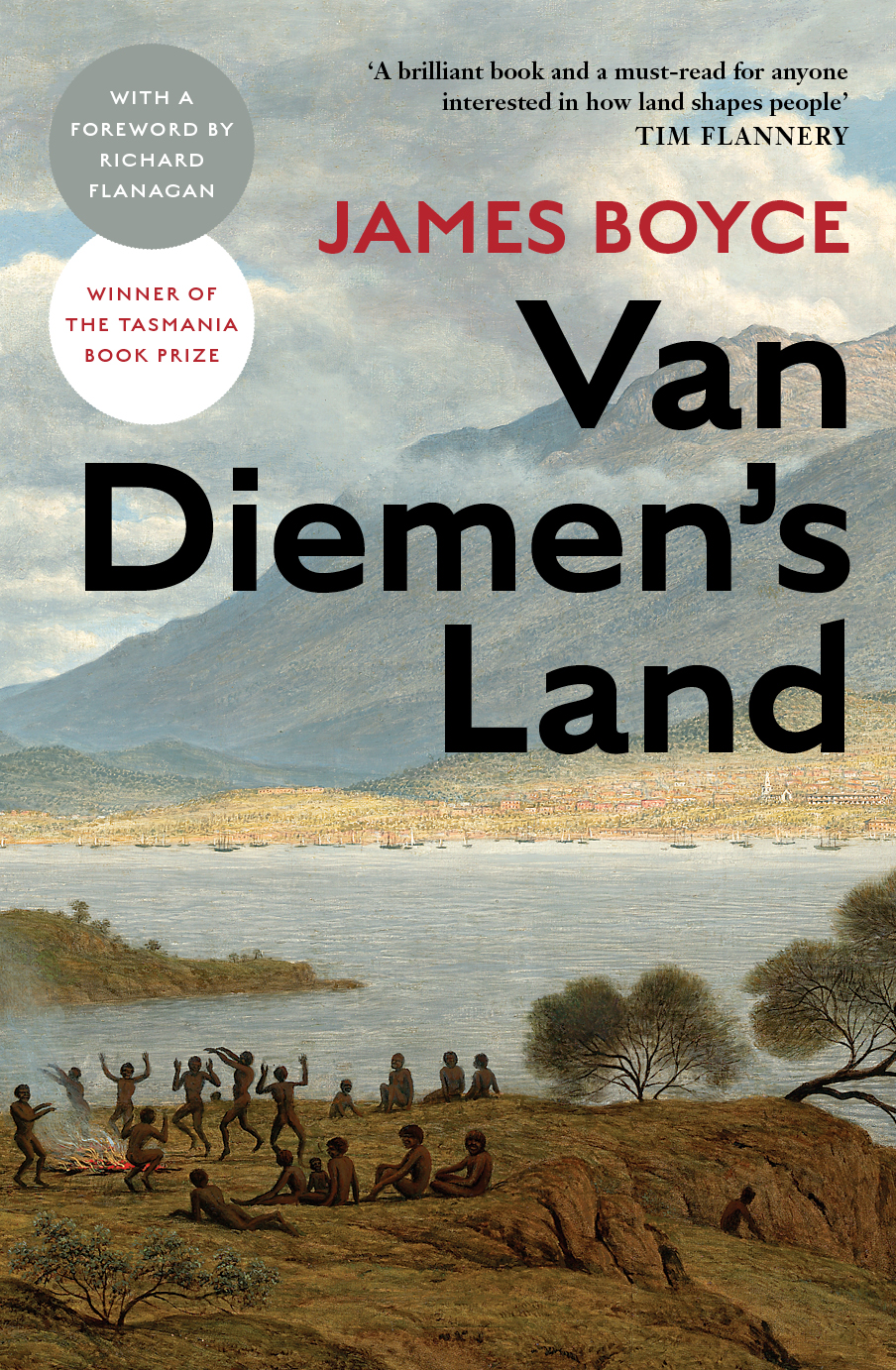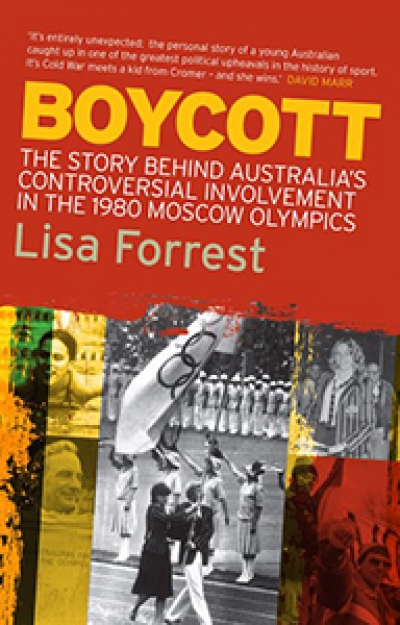Australian History
Freedom On The Fatal Shore: Australia's first colony by John Hirst
Freedom on the Fatal Shore brings together John Hirst’s celebrated works on the early history of New South Wales: Convict Society and Its Enemies, first published in 1983, and Strange Birth of Colonial Democracy, published in 1988. Both books have been out of print for some time; the chance of picking up a second-hand copy is almost nil. Black Inc. has done historians, students and general readers a great service with this combined volume. Convict Society and Strange Birth have an intellectual symmetry that justifies their union.
... (read more)Leadership And The Liberal Revival: Bolte, Askin and the post-war ascendancy by Norman Abjorensen
Henry Bolte and Bob Askin were the ‘big men’ of state politics in the 1960s, when I was a young political scientist. Bolte I never met, and Askin I met only once, but I knew the latter’s deputy premier, Charlie Cutler, quite well. I grew up in northern New South Wales and throughout my life, it seemed, we had only ever had Labor governments. The premiers cycled by with an air of inevitable succession: McKell, McGirr, Cahill, Heffron, Renshaw. Yet all five had been there in 1941 when the rejuvenated Labor Party, free both of Jack Lang and the far-left opposition to him, trounced the Mair–Bruxner government at the polls. For anyone who had been through that quarter of a century, Labor’s narrow defeat in 1965 was a shock. How could it have happened?
... (read more)A River Kwai Story by Robin Rowland & The Men of the Line by Pattie Wright
These two books on the building of the Thai–Burma railway in World War II are very different in format and tone. Australian film-maker Patti Wright’s Men of the Line is an exquisitely designed collection of stories and images by Australian prisoners of war who were forced to build the railway for their Japanese captors. Wright describes her book as ‘a tribute to the ex-POWs who experienced the best and worst that human nature can offer and returned to tell the tale’. Canadian journalist Robin Rowland’s A River Kwai Story: The Sonkrai Tribunal is a solidly researched investigation that concentrates on F Force, the group of Australian and British prisoners that suffered the worst death rate on the railway, and the postwar war crimes trial that found seven Japanese soldiers guilty of the ‘inhumane treatment’ of these men. Rowland concludes that the Japanese did commit war crimes; she also exposes failures by Australian and British officers that increased the POWs’ suffering.
... (read more)One of the National Library’s newest treasures, and probably its most significant acquisition in the past twelve months, is a small theatre playbill printed in Sydney and dated 30 July 1796. At 211 years old, it is the earliest surviving document printed in Australia. The playbill was presented by the prime minister of Canada, Stephen Harper, to the then prime minister of Australia, John Howard, at a ceremony held at Parliament House on 12 September 2007. It advertises performances of three plays at the ‘Theatre, Sydney’: Jane Shore; The Wapping Landlady; and The Miraculous Cure.
... (read more)This is an honest, modest report of what students and teachers across the country think about the teaching of Australian history in schools. Anna Clark has allowed her subjects to speak for themselves; being a scrupulous historian, she has not edited their offerings. So we hear words like these: ‘Now they’re having like record numbers [at Anzac Day], and like huge ceremonies all over Australia and they’re like young people that respect it’; and ‘Reading a textbook, when you have to like read three pages of a textbook, and then the teacher’s like, “Do the questions”...’ An enduring value of this book will be its record of teenagers’ spoken English in the first decade of the twenty-first century. It makes for rather tiresome reading, but it is salutary to be constantly reminded of where students are at, like.
... (read more)Raymond Evans completed his History of Queensland on a Brisbane verandah in late 2005. The Howard government was still in power, and Premier Peter Beattie was grappling with regional health care. By the time of publication, John Howard was gone, and Beattie had resigned – though not before contracting Ross Fitzgerald to write the official state history for Queensland’s sesquicentenary in 2009.
... (read more)The Secret War: A true history of Queensland's Native Police by Jonathan Richards
In Queensland, as in the other Australian colonies in the nineteenth century, European settlers wrested control of the land from its indigenous owners by force and the threat of force. All colonies used police for this purpose, but Queensland went further than any other in creating a police corps specifically for the subjugation and dispossession of the Aborigines. Queensland’s Native Police comprised small units of indigenous troopers, commanded by European officers. These were moved around the colony to wherever on the leading edges of European expansion the Aborigines were most ‘troublesome’. Their tactics were simple and brutal. Whether the targets were entire Aboriginal groups or individual suspects, their standard strategy was lethal force in engagements that were known euphemistically as ‘dispersals’.
... (read more)Writing Heritage: The depiction of Indigenous heritage in European-Australian writing by Michael Davis
There is a term used in archaeology to describe the process of collecting material from the top of the ground as opposed to digging or excavating for it. It’s called ‘surface collection’. I learnt this recently when I read a new book by that name on archaeology and heritage in South-East Asia by the Sydney-based archaeologist Denis Byrne. It was a useful concept to have in mind as I read Writing Heritage: The Depiction of Indigenous Heritage in European–Australian Writings, which overflows with vignettes and descriptions about men (and it was mostly men) who spent their time scouring the Australian landscape’s surface for things made by indigenous people.
... (read more)Henry Lawson epitomised the weather-beaten laconic when he said: ‘Death is about the only cheerful thing in the bush.’ A century later, Bill Bryson, in Down Under (2000), picked up where Lawson left off: he defined the ‘real Australia’ as places where ‘no sane person would choose to live’. Somewhere in between, Patrick White created one of those dubious entities, a sweat-stained eccentric in an undaubed slab hut who told the explorer Voss that the country ahead of him was all stones and thorns, a place where anyone crazy enough to go out there might celebrate a ‘high old Mass ... with the skull of a blackfeller and his own blood’.
... (read more)Boycott: The story behind Australia’s controversial involvement in the 1980 Moscow Olympics by Lisa Forrest
Almost thirty years on, in a post-Samaranch age, when the wealthy Olympic movement mimics the United Nations in world affairs, the 1980 Moscow Games resemble prehistory, especially for Australian athletes, officials and spectators still revering 2000 Sydney successes. Yet as Lisa Forrest recounts, the Moscow boycott shredded the traditional views of Australian sports people, ensured national sport would become more politicised, and produced shameful behaviour all round.
... (read more)

